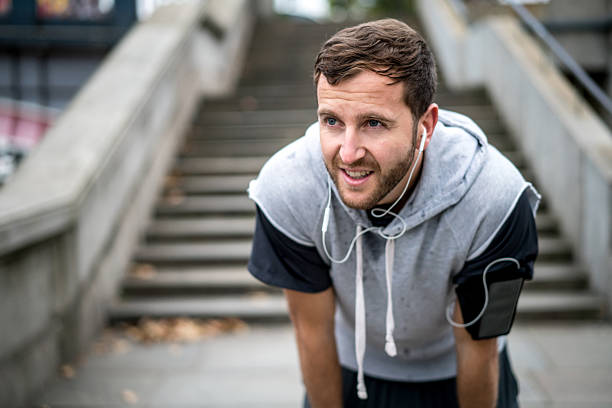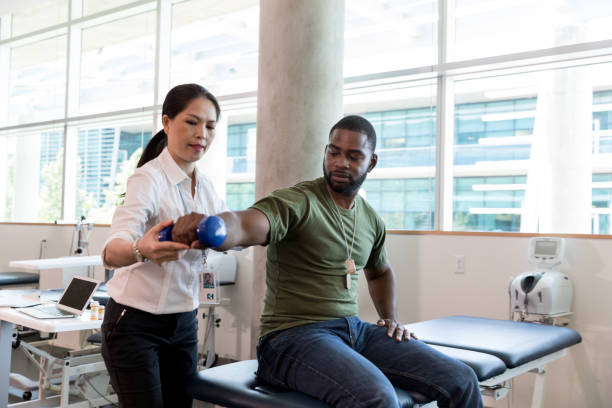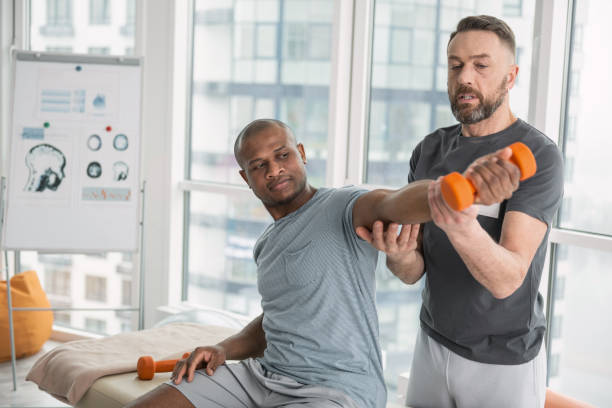Expert Tips to Leverage Active Recovery for Better Athletic Performance
As a fitness enthusiast, you are probably familiar with the concept of recovery after a workout.
You understand that your muscles need time to rest and repair after a particularly intense session. But what about active recovery?
Active recovery is a technique that is gaining popularity among athletes and fitness enthusiasts alike for its ability to improve overall athletic performance.
Active recovery involves engaging in low-intensity exercise after a particularly intense workout. Instead of simply resting, active recovery allows you to keep moving, which can help promote blood flow and reduce soreness. This can be especially beneficial if you seek to perform at your best regularly.
This article will explore the concept of active recovery, how it improves athletic performance, and ways athletes and fitness enthusiasts can leverage active recovery for peak performance.

The Benefits of Active Recovery in Athletic Performance and Fitness Training
Active recovery has proven to be very effective in improving athletic performance and overall fitness levels. The main benefits of active recovery include the
Reduced Post-Workout Muscle Soreness and Stiffness
When you engage in low-intensity exercise, such as light jogging or cycling, you are promoting blood flow to the muscles. This can help flush out metabolic waste products that can contribute to muscle soreness. Additionally, the movement can help stretch out tight muscles, which can also help reduce soreness and stiffness.
Injury Prevention
High-intensity workouts can put a lot of strain on your muscles and joints, leading to injuries.
Active recovery exercises help to improve flexibility and mobility, which reduces the risk of injuries. Additionally, active recovery exercises can help to correct muscle imbalances, which cause injuries.
Reduced Stress Levels
High-intensity workouts can be very stressful on the body, which can lead to mental and physical fatigue.
Active recovery exercises such as yoga and meditation can help reduce stress levels, improving your overall well-being.
Motivation to Work Out
Active recovery is a great way to mix up your workout routine.
Doing the same high-intensity workouts every day can get boring and monotonous. Active recovery exercises such as hiking, swimming, and cycling can add variety to your workout routine and keep you motivated.
Improved Overall Athletic Performance
When you engage in low-intensity exercise, you are still getting some physical activity, which can help maintain your fitness level. And because you are promoting blood flow to the muscles, you are helping to deliver nutrients and oxygen to the muscles that need it most.
This can help improve muscle recovery and repair, which can ultimately lead to improved performance.
Active recovery is beneficial for athletes and fitness enthusiasts alike.
By engaging in low-intensity exercise after a workout, you can help reduce soreness and stiffness while promoting blood flow and nutrient delivery to the muscles. This can ultimately lead to improved performance and a better overall fitness level.
But how do you tap into the power of active recovery to optimize your performance?

Tips to Harness the Power of Active Recovery in Your Fitness Training Program
Active recovery involves performing low-intensity exercises on your rest days to promote blood flow, reduce muscle soreness, and speed up recovery.
Here are some tips to help leverage the power of active recovery for optimal fitness results:
Incorporate Yoga or Pilates
Yoga and Pilates are low-impact exercises that can help you stretch your muscles and improve your flexibility. They also promote relaxation and reduce stress levels, which can have a positive impact on your overall well-being.
Consider incorporating a yoga or Pilates class into your weekly routine to promote active recovery.
Go for a Walk or Hike
Walking or hiking is an excellent way to get your blood flowing and reduce muscle soreness. It’s also a great way to get some fresh air and enjoy the outdoors.
Consider going for a walk or hike on your rest days to promote active recovery.
Foam Roll or Massage
Foam rolling and massage are both techniques that can help reduce muscle soreness and speed up recovery. Foam rolling involves using a foam roller to apply pressure to your muscles, while massage involves using your hands or a massage tool to massage your muscles.
Consider incorporating foam rolling or massage into your daily routine to promote active recovery.
Try Swimming
Swimming is a low-impact exercise that can help you stretch your muscles and improve your cardiovascular fitness. It’s also a great way to reduce stress levels and promote relaxation.
Consider incorporating swimming into your fitness training program to promote active recovery.
Get Enough Sleep
Getting enough sleep is crucial for promoting recovery and reducing muscle soreness. Aim to get at least 7-8 hours of sleep each night to promote active recovery.
If you’re having trouble sleeping, consider practicing relaxation techniques such as meditation or deep breathing exercises.
Incorporating low-intensity exercises such as yoga, walking, foam rolling, swimming, and Pilates can help promote blood flow and reduce muscle soreness. Additionally, getting enough sleep is crucial for promoting recovery and reducing muscle soreness.
By incorporating these tips into your fitness training program, you can harness the power of active recovery and take your fitness to the next level.

Final Thoughts
Active recovery is a technique that every fitness enthusiast should incorporate into their workout routine. It helps you maximize your rest days and improve your overall fitness.
Active recovery exercises help to reduce muscle soreness, prevent injuries, improve athletic performance, reduce stress levels, and add variety to your workout routine.
Incorporating low-intensity exercises such as yoga, walking, foam rolling, swimming, and Pilates can help promote blood flow and reduce muscle soreness.
Getting enough sleep is also crucial for promoting recovery and reducing muscle soreness.
By incorporating these tips into your fitness training program, you can harness the power of active recovery and take your fitness to the next level.
Looking to build muscle and endurance without breaking the bank? Don’t look any further.
Subscribe to Kloud Iron’s 28-day fitness program and begin your journey toward optimal mental health and physical fitness.To learn more about Kloud Iron Fitness Hub’s offers, contact us today or message/follow us on Facebook and Instagram. We are also available on YouTube.


Leave Your Comment